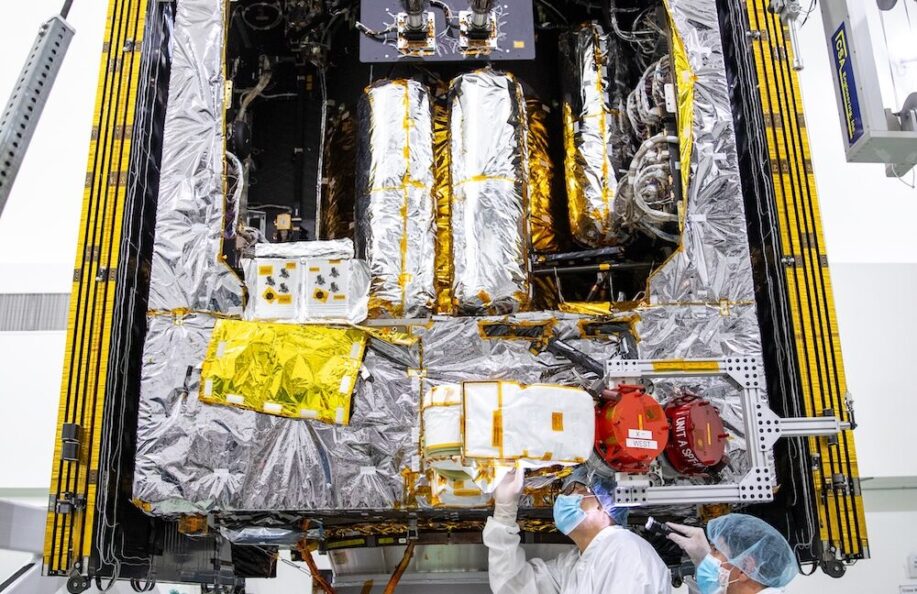Journey to Psyche: NASA’s Ambitious Mission to Explore a Metal-Rich Asteroid
NASA’s Psyche mission is poised to embark on a groundbreaking journey towards a unique asteroid located between the orbits of Mars and Jupiter. Named after the asteroid itself, this ambitious project aims to provide insights into the building blocks of planet formation and unlock the mysteries surrounding metallic asteroids.
Key Details of the Psyche Mission
Launched in October 2023 aboard a SpaceX Falcon Heavy rocket, the Psyche spacecraft is embarking on a six-year journey through the Solar System, with a total projected cost exceeding $1.4 billion. This budget encompasses the spacecraft’s development, the launch, mission operations, and an innovative experimental laser communications package designed for deep-space communication.
Psyche will first swing by Mars in 2024, leveraging the planet’s gravitational pull to assist in its trajectory toward the asteroid belt. The spacecraft is set to enter orbit around Psyche, the asteroid, by August 2029. The encounter promises to be a historic event, as this will be the first time a spacecraft has visited Psyche.
Innovative Propulsion System
A noteworthy feature of the Psyche spacecraft is its Hall effect thrusters, which generate about 250 milli-newtons of thrust—equivalent to the weight of three quarters. These electric thrusters, supplied by the Russian company Fakel, can function for extended periods, making them an efficient alternative to traditional rocket propulsion. Other elements of the propulsion system, such as fuel tanks and valves, are provided by various manufacturers, including the spacecraft’s primary producer, Maxar Space Systems based in California.
Understanding Metallic Asteroids
Psyche, the asteroid, measures about the size of Massachusetts and is one of only nine known asteroids with a metal-rich signature. Despite extensive research, much about its properties remains a mystery, as scientists can only anticipate its density and composition. Artists have speculated about its surface features, often depicting craters and cliffs that differ starkly from those of rocky worlds.
As the mission progresses, predictions will evolve into solid data, with expectations rooted in the scientific community’s curiosity about celestial bodies often viewed merely through telescopes. The Psyche mission aims to bridge this gap between speculation and discovery, offering firsthand data about an unexplored celestial object.
Potential Challenges Ahead
While excitement surrounds the Psyche mission, it is not without its challenges. The spacecraft has encountered a propulsion problem that needs resolving before it can continue on its intended path. Despite this, NASA remains optimistic about the mission’s trajectory and is committed to advancing spacecraft technology to ensure the safe arrival at Psyche.
Conclusion: Significance of the Psyche Mission
The Psyche mission represents a pivotal opportunity to enhance our understanding of the Solar System’s formation and the nature of metallic bodies in space. By studying Psyche, scientists hope to glean insights into the materials that formed the core of terrestrial planets, including Earth. If successful, this mission could reshape our understanding of planet formation and the processes that govern planetary evolution.
With the mission timeline stretching over several years, the next steps will be closely monitored by scientists and space enthusiasts alike, eager to witness history in the making. As NASA prepares for the challenges ahead, the entire journey to Psyche serves as a testament to human curiosity and our relentless pursuit of knowledge about the cosmos.









